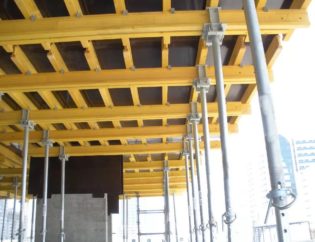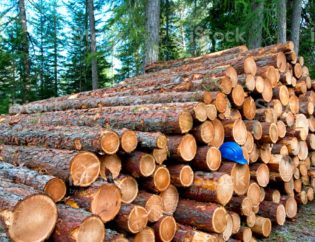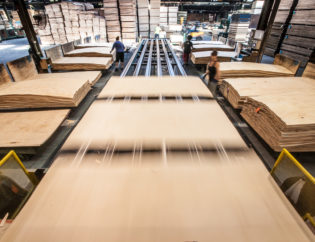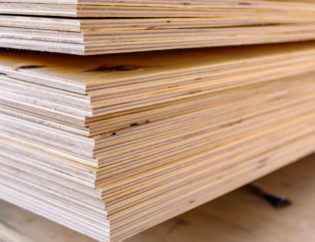
Propopulus – The recent World Economic Forum annual meeting in Davos was the scenario chosen by the impact organization Circle Economy to present The Circularity Gap Report 2019. The research emphasizes the enormous possibilities our society has to reduce greenhouse gas emissions by applying circular principles to key economic sectors and stresses the need to implement circular strategies to reduce waste in the built environment –the human-made space in which people live, work, and recreate on a day-to-day basis–, that currently accounts for a fifth of global emissions.
As we know, there is a close link between climate change and material use. The report, that states that nearly half of all materials going into the economy are used in construction, highlights three key circular strategies that could be adopted throughout the economy to mitigate climate change:
- Optimizing the utility of products by maximizing their use and extending their lifetime. For example, by carsharing.
- Enhanced recycling, using waste as a resource. Adopting modular design, for instance, would enable products to be easily disassembled, components to be reused and materials to be recovered to extend their life cycle and reduce waste.
- Circular design, reducing material consumption and using lower-carbon alternatives. Wood and other renewable materials can help to reduce dependence on carbon-intensive materials such as cement and metals in building. Instead of emitting carbon, these materials store it and will last for decades. They also can be burnt to generate energy at the end of their life.
In this sense, “the role of the wood industry is essential”, says Pedro Garnica, Chairman of ProPopulus. “We can provide substitutes for non-renewable resources. Think of plastic bags, they can be replaced by paper bags, which is a product from wood. Coal can be replaced by biomass from wood. The list of sustainable products that could replace non-sustainable ones is a long one”.
“It is important to stress that wood is a magnificent product for household building, but it has been systematically replaced by highly polluting products such as steel, concrete, brick and others”, says Mr. Garnica, noting that despite the increasing global demand of wood and its byproducts, the current situation is that the number of poplar plantations, for example, is decreasing alarmingly in the absence of a common agroforestry regulation for all EU countries and due to the many restrictions imposed on this activity.
Back to Circle Economy’s report, the study reveals that global economy is only 9% circular, which means that just 8.3 billion tonnes out of the 92.8 billion tonnes of minerals, fossil fuels, metals and biomass that enter the economy annually are reused.
The study also highlights the enormous possibilities we have to reduce greenhouse gas emissions by applying circular principles to key economic sectors and notes that most governments fail to include circular measures in their policies. According to Circle Economy’s report, 62% of global greenhouse gas emissions (not including those from land use and forestry) come from the extraction, processing and manufacturing of goods and 38% are emitted in the delivery and use of products and services.
Vietnam Plywood
Vietnam Film Faced Plywood










